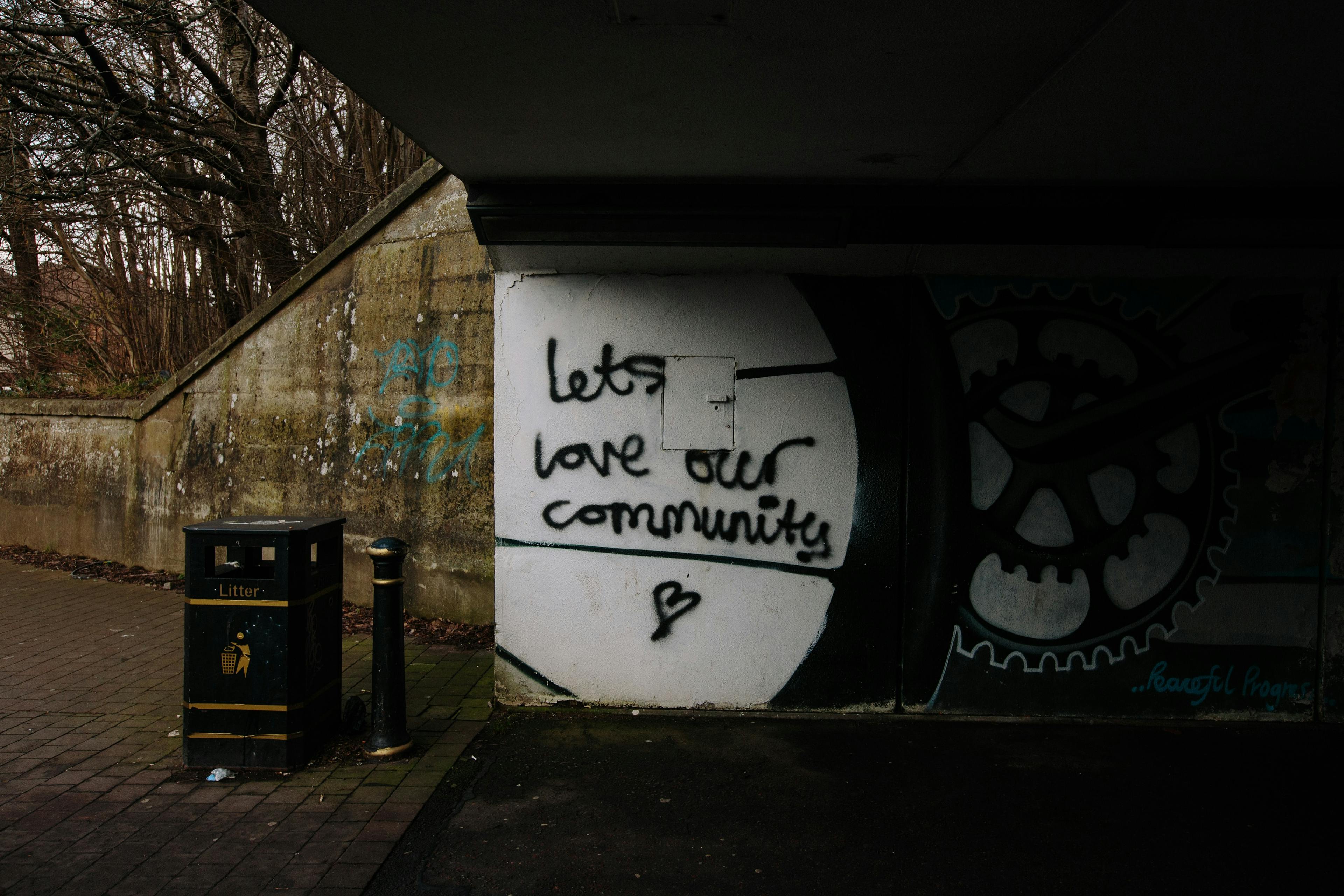
In the crypto world, the airdrop is a common strategy for user acquisition, which can help projects quickly increase brand influence, exposure, and project activity in a short period of time. However, after the initial user growth and excitement, we have also seen a decrease in the number of users, fluctuations in token value, and a weakening of project activity.
Take the changes after the Blur airdrop as an example,
It is obvious that in the short term after the airdrop, both the number of users and the transaction volume showed a cliff-like surge. After that, the number of users and transaction volume continued to decline in just one month and have now returned to the level before the airdrop. Moreover, affected by the recent shrinkage of the NFT market, the number of users and the transaction volume are at one of the lowest levels in history.
At the same time, according to data from Coinmarketcap, 3 days after the airdrop, the price of BLUR plummeted from $27.69 to $0.65, and its market value also plummeted.
These problems highlight a pain point that needs to be solved urgently — the short user life cycle makes the long-term operation of the project unsustainable. The reasons for this pain point involve the following dimensions:
High cost: User acquisition in Web3 requires incentives like Tokens and NFT, and the unit price is high. Repeated acquisition directly leads to increased operating costs.
Low retention: Users will not be loyal to a project for a long time just because of an airdrop. If the project cannot provide real value and the price of the token continues to fall, users will sell and leave soon after the airdrop.
Low activity: If the project cannot meet the needs and expectations of users, they will not actively participate in the project, resulting in low user activity, and users will leave if there is no continuous income in the future.
Low conversion rate: Most airdrop users are only interested in free tokens and have a low willingness to participate in the project for a long time, which makes it more difficult to convert users into long-term users who are willing to pay for the product.
So, how to solve these problems?
The airdrop strategy of DYDX is worth learning — DYDX not only sets the threshold for participating in the airdrop, but also sets an additional “unlock period”, and requires users to complete certain transactions within the unlock period before they can get their own airdrop. So, we can see the following data after the DYDX airdrop:
For nearly half a year, TVL has been rising continuously and finally maintained a high level.
The total users have been continuously increasing and did not decline rapidly after the airdrop.

Moreover, the price of DYDX did not drop rapidly. After a period of increase, the price remained at a historical high.
To replicate the success of DXYD, first of all, we need to understand regular user behaviors after the airdrop.
User Operation Strategy
In the traditional Internet industry, when a large number of customers are acquired through rewarding activities, the follow-up strategy usually includes the following aspects:
User Retention
The next step after user acquisition is user retention, which is how to keep users using your product or service. This often involves optimizing user experience, delivering value, building community and loyalty programs, and more.
User Activation
Activation means that the user has performed some behaviors, such as downloading an application, registering an account, purchasing a product, etc. User activation strategies usually include discounts, guided tutorials, one-click operations, and more.
User Engagement
The strategy for user engagement aims at engaging users with your product or service. This may include community events, user-generated content, social sharing, etc.
User Conversion
User conversion refers to converting users into paying users or performing other behaviors that are beneficial to your business goals, which requires more refined user analysis, personalized marketing strategies, and high-quality products or services.
Combined with the characteristics of Web3 users, these traditional strategies often require some new tools for specific solutions, and the Web3 Loyalty plan based on NFT is one of them.
General Features of Web3 Loyalty
Web3 Loyalty programs have actually been around for a long time, but previously, these programs were usually based on centralized products that provided tokenized rewards to users. The advantage is that the rewards are attractive enough (there is a possibility of price rising), and can get user data to refine strategies.
But for many Web3 projects, when rewards and data are at a disadvantage, they need innovative Web3 Loyalty programs, such as Open Loyalty, Loyalty3, etc.
Key features of these programs include:
Diversified Ways for NFT Creation and Claim
Programs such as Open Loyalty and Loyalty3 will provide a variety of NFT creation settings for Web3 projects. Projects can upload their own NFTs or innovative NFTs and set related attributes. This flexibility allows projects to customize NFTs that are closely related to the brand according to their own characteristics and needs, thereby attracting and retaining more users.
At the same time, projects can set specific NFT application rules through the Loyalty platform — users only need to meet the requirements, such as participating in a certain activity and completing multiple transactions. In this way, users are encouraged to participate more and their activity can be increased.
It is worth mentioning that because NFT is currently the business with the lowest threshold and the widest audience in Web3, NFT naturally has social attributes and will be used by users on various social occasions. Therefore, by integrating your own elements into NFT, you can not only enhance the user’s sense of identity but also enhance the brand’s influence and exposure and reach more potential users.
Reward Exchange Store
Web3 projects can create a proprietary reward exchange store through the Loyalty platform, providing users with rights and rewards that can be redeemed or purchased with NFT. This mechanism of accumulating NFT exchange prizes through long-term participation will be conducive to the retention of users and increase their loyalty to the project through continuous participation in project activities.
Data Page Display
Loyalty programs will provide data pages for projects that create NFT claims, track all NFT data, including but not limited to NFT quantity, claimed quantity, price, and circulation; and track user data, including but not limited to NFT holdings, transaction volume, and transaction frequency, etc.
In this way, projects can dynamically observe whether the NFT claim method is reasonable, the changes in the NFT market value, and the situation of loyal users, and then improve their loyalty programs and refine user operation plans.
Loyalty Plan Integration
The most important point is that in the process of development, most projects are more or less preparing or have issued loyalty plans, such as the Discord point system and the OG program. The Loyalty platform Loyalty3 claims that it will provide projects with the integration and transformation of the original loyalty program in the next version of their product.
This function is not only beneficial for Web3 projects to formulate their own loyalty schemes but also provides Web3 Loyalty programs for Web2 projects to transform to Web3.
Summary
In general, through the Web3 Loyalty program, we can effectively solve the pain points after the airdrop, that is, through the follow-up NFT claim mechanism and high reward exchange mechanism to guide users who have received airdrops to participate in more activities, thereby improving user retention, increase user activity, increase conversion rate, and reduce operating costs.
In the world of Web3, the Loyalty program will no longer be a point card. It represents a new form, which is a decentralized and transparent NFT-based strategy that can truly attract and retain users. By participating in these projects, users can truly be project co-builders. Their interaction will enhance the popularity of the project, their NFT, and even the entire project’s value.
We look forward to more applications of Web3 Loyalty to meet the needs of Web2 and Web3 projects for a complete loyalty strategy, meet the long-term needs of user operations, and help projects and users explore the future of the blockchain together.
- Loading comments...
